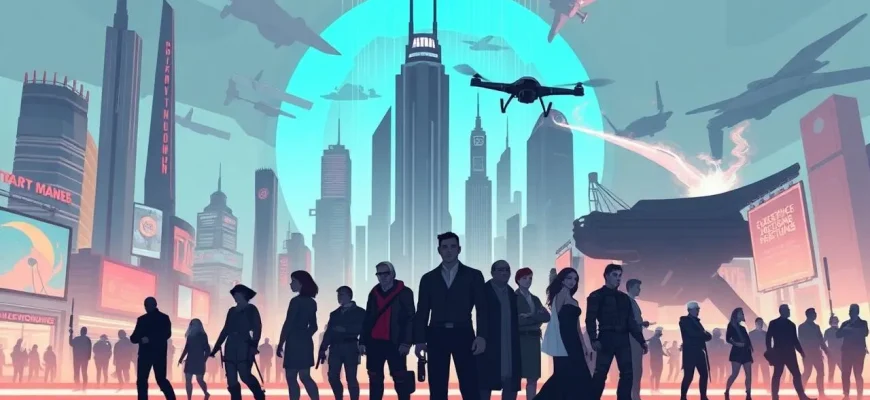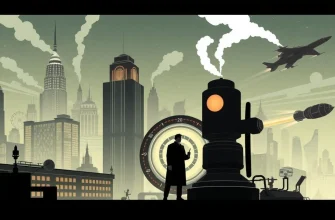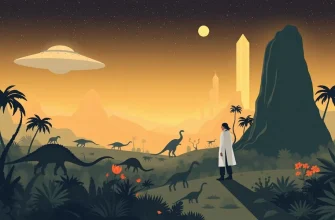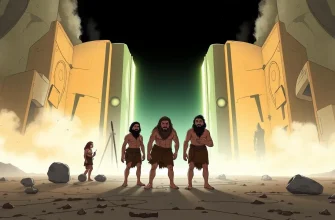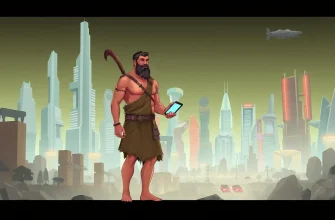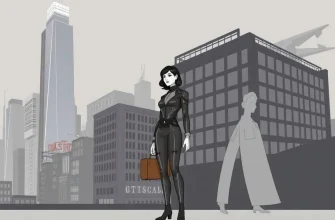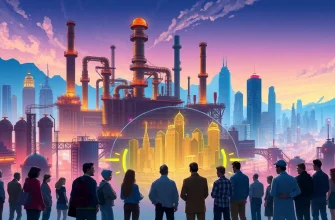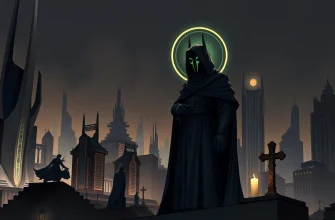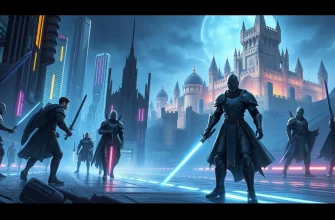Dive into the thrilling world of science fiction where revolutions aren't just about overthrowing governments but also challenging the very fabric of society, technology, and humanity itself. This curated list of 10 films explores the theme of revolution in futuristic settings, offering a blend of dystopian visions, technological uprisings, and the fight for freedom in worlds that could be our future. Whether you're a fan of epic space operas or gritty cyberpunk tales, these films provide a rich tapestry of narratives that question authority, explore the consequences of rebellion, and celebrate the indomitable human spirit.
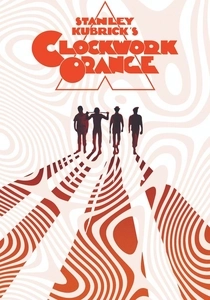
A Clockwork Orange (1971)
Description: In a near-future England, a young man undergoes a controversial aversion therapy to curb his violent tendencies, leading to a profound exploration of free will and societal control. This film questions the ethics of revolution against one's own nature.
Fact: Stanley Kubrick withdrew the film from UK cinemas due to copycat violence, and it was not re-released until after his death in
 Watch Now
Watch Now 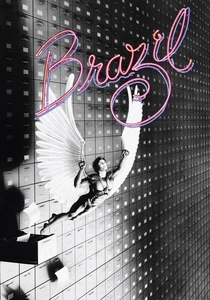
Brazil (1985)
Description: In a retro-futuristic world, a low-level bureaucrat's life spirals out of control when he becomes entangled in a bureaucratic nightmare, leading to a personal revolution against the system. This film satirizes bureaucracy and the loss of individuality.
Fact: Terry Gilliam, the director, had numerous conflicts with Universal Studios over the film's length and content, leading to several edits and versions of the movie.
 Watch Now
Watch Now 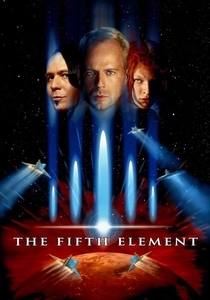
The Fifth Element (1997)
Description: A taxi driver in a futuristic New York City becomes embroiled in a cosmic battle between good and evil, inadvertently sparking a revolution against an ancient evil. This film blends humor, action, and the fight for survival.
Fact: The film's futuristic cityscape was inspired by the works of Jean Giraud (Moebius), a famous French comic book artist.
 Watch Now
Watch Now 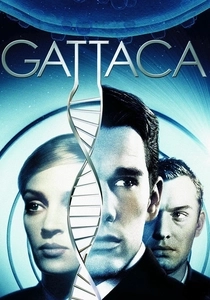
Gattaca (1997)
Description: In a society where genetic engineering determines one's social status, a naturally born man assumes the identity of a genetically superior individual to pursue his dream of space travel, challenging the system's rigid class structure.
Fact: The film's title is based on the four nitrogenous bases of DNA: guanine, adenine, thymine, and cytosine. The name "Gattaca" is also an anagram of the word "cattle," hinting at the film's theme of genetic determinism.
 Watch Now
Watch Now 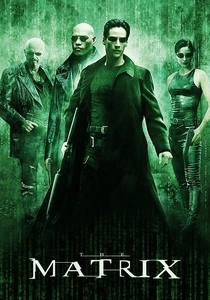
The Matrix (1999)
Description: Neo discovers the truth about his reality and joins a group of rebels to fight against the machines that have enslaved humanity. This film revolutionizes the concept of reality itself, making it a cornerstone in the sci-fi revolution genre.
Fact: The Wachowskis developed the concept for "The Matrix" after reading "Simulacra and Simulation" by Jean Baudrillard. The film's "bullet time" effect became a defining visual technique in cinema.
 Watch Now
Watch Now 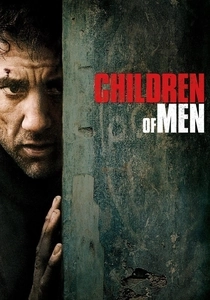
Children of Men (2006)
Description: Set in a future where humans can no longer procreate, a former activist helps transport a miraculously pregnant woman to safety, sparking hope for humanity's survival. This film subtly portrays a revolution of hope against despair.
Fact: The film's opening scene was shot in a single, uninterrupted take, showcasing the chaos of a future London. The movie was inspired by P.D. James' novel of the same name.
 Watch Now
Watch Now 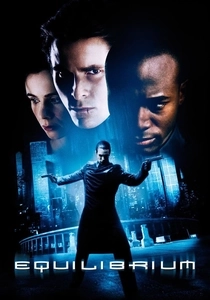
Equilibrium (2002)
Description: In a future where emotions are outlawed, a law enforcement officer begins to question the regime after missing his daily dose of emotion-suppressing drugs. This film explores the revolution against an emotionless society, highlighting the human need for feeling.
Fact: The film was shot in Berlin, Germany, to give it a more dystopian, post-war feel. The concept of "Gun Kata" was created specifically for this movie.
 Watch Now
Watch Now 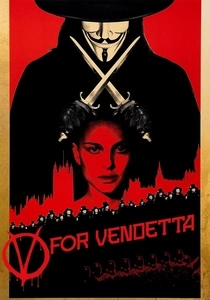
V for Vendetta (2005)
Description: In a dystopian future Britain, a masked vigilante known only as "V" uses terrorist tactics to fight against an oppressive, totalitarian government. This film captures the essence of revolution through its iconic imagery and the powerful message of resistance against tyranny.
Fact: The film's mask has become a global symbol for protest movements. The character V was inspired by Guy Fawkes, who attempted to blow up the English Parliament in
 Watch Now
Watch Now 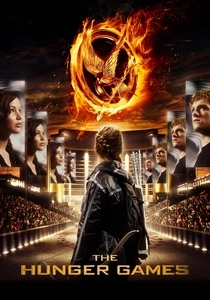
The Hunger Games (2012)
Description: Katniss Everdeen becomes the symbol of a rebellion against the oppressive Capitol in a dystopian future where children are forced to fight to the death. This film series captures the spirit of revolution through the eyes of the young.
Fact: The film's setting was inspired by the coal mining regions of Appalachia, reflecting the harsh conditions of the districts.
 Watch Now
Watch Now 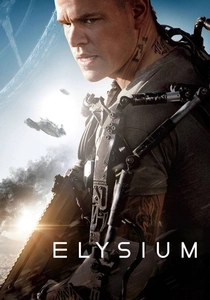
Elysium (2013)
Description: In a future where the wealthy live on a luxurious space station and the rest on a ruined Earth, one man's quest for survival turns into a revolution for equality. This film tackles themes of class division and the fight for basic human rights.
Fact: The film's production design was inspired by the works of Syd Mead, known for his futuristic designs in films like "Blade Runner."
 Watch Now
Watch Now 
